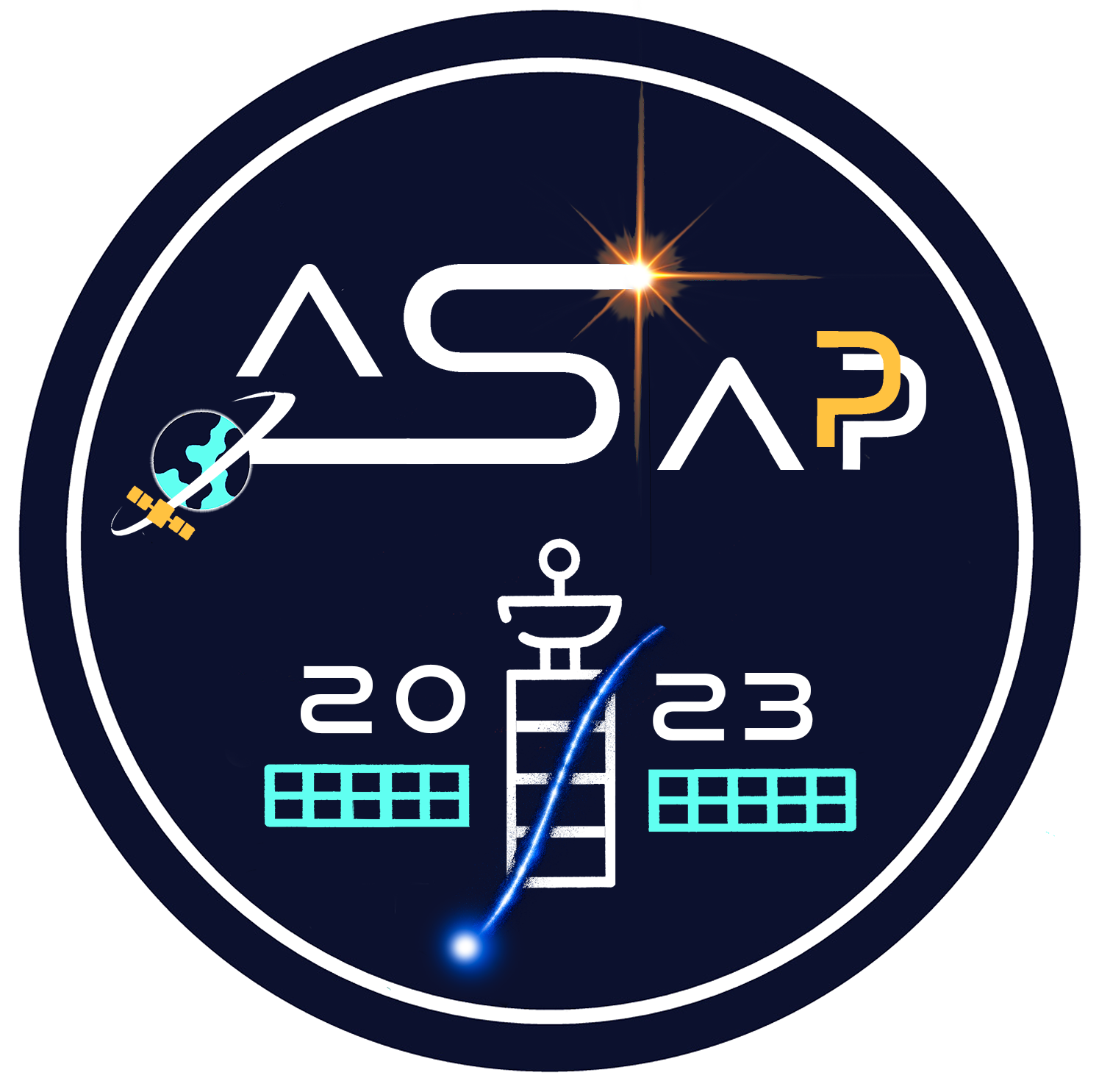Speaker
Description
The present generation of space-borne gamma-ray detectors have greatly improved our understanding of many astrophysical phenomena and have opened new opportunities for the investigation of the Universe. Data from the Fermi mission have demonstrated that the extreme processes that produce gravitational waves and accelerate neutrinos and cosmic rays also produce gamma rays. Multimessenger astrophysics is now one of the most exciting and rapidly advancing fields of science, and is poised to revolutionize our understanding of the extreme universe.
The astrophysical community is actually focusing its efforts in the development of a new generation of gamma-ray telescopes for photons in the MeV-GeV energy range. Recent observations from the Fermi-GBM and from the LIGO/Virgo gravitational wave interferometers have demonstrated that short GRBs can be the electromagnetic counterparts of gravitational waves produced by neutron star merger events. A permanent wide-field-of-view observatory providing prompt localizations of gamma-ray transients would therefore play a key role in the study of the new physics associated with these phenomena. Another exciting field of investigation is the search for possible lines in the gamma-ray spectra, which could originate from standard processes, like the 511 keV line due to positron annihilations in the center of our Galaxy, the lines in the MeV band produced by radioactive nuclei in Supernova collapses, and possible exotic lines due to annihilation or decay of dark matter particles.
The design of a next generation (sub)MeV-GeV gamma-ray detectors will be based on a multi-layer tracker-converter without passive layers (e.g. tungsten), an electromagnetic calorimeter and a surrounding anti-coincidence system based on plastic scintillators. In the case of low-energy gamma rays (<10 MeV), the cross sections of the Compton scattering and pair production processes are similar, and the design needs to be optimized to ensure that the detector will be sensitive to both processes. The requirements on the accuracy of the energy and position measurements will reflect on the design of the tracker-converter detector, i.e. its granularity and thickness.
Several payloads have been proposed for low Earth orbit (LEO) satellites. These proposals include ASTROGAM, in response to the ESA M call, and AMEGO, in response to the ASTRO 2020 and MIDEX NASA calls. The design of both instruments is based on the heritage from previous successful space missions, such as AGILE, Fermi, Pamela, and AMS. To accomplish a precise reconstruction of both Compton scattering and pair production events, double-sided strip detectors or pixel detectors have been proposed for the tracker system. A different approach has been proposed by the The Advanced Particle-astrophysics Telescope (APT) collaboration for an instrument operating in the L2 position. APT is a wide area detector consisting of a light tracker, based on scintillating fibers, and an active calorimeter, based on a 5 mm thick CsI(Na) crystal coupled with crossed WLS fibers readout. With the addition of foam radiators, the CsI detectors could also detect the transition radiation X-rays from very-high-energy light cosmic rays. In this talk the status of the on-going projects will be reviewed.
| Eligibility for "Best presentation for young researcher" prize | No |
|---|
